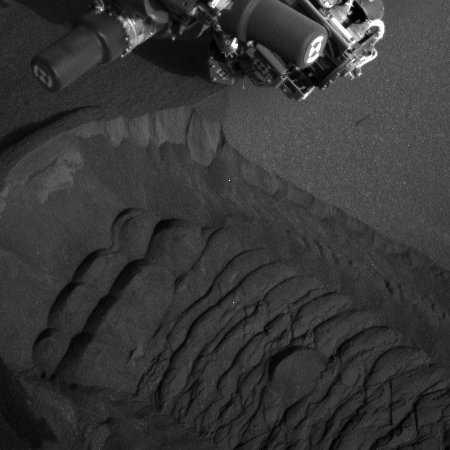House appropriations approves NASA and NOAA budgets
The squealing of pigs: The House appropriations committee yesterday approved the budgets for both NASA and NOAA, essentially accepting the budget numbers approved by its subcommittee.
Overall, the House increased spending over the Trump administration’s proposed cuts. Only in the area of climate did the legislators appear to support those cuts, and even here they pumped more money in.
The Trump Administration proposed a deep cut to [NOAA’s Polar Follow-On mission] saying it will re-plan the program ($180 million instead of the $586 million NOAA said last year it would need for FY2018). The committee went even further, approving only $50 million, but added it would reconsider if NOAA provides a better explanation of how it is restructuring the program. NOAA’s plans for new space weather satellites also fell far short of what the agency planned last year, although the committee provided more ($8.5 million) than the Trump Administration requested ($500,000).
In general, do not expect this Republican Congress to gain any control over the federal deficit. They are as spendthrift as Democrats. The only difference is their choice of programs.
The squealing of pigs: The House appropriations committee yesterday approved the budgets for both NASA and NOAA, essentially accepting the budget numbers approved by its subcommittee.
Overall, the House increased spending over the Trump administration’s proposed cuts. Only in the area of climate did the legislators appear to support those cuts, and even here they pumped more money in.
The Trump Administration proposed a deep cut to [NOAA’s Polar Follow-On mission] saying it will re-plan the program ($180 million instead of the $586 million NOAA said last year it would need for FY2018). The committee went even further, approving only $50 million, but added it would reconsider if NOAA provides a better explanation of how it is restructuring the program. NOAA’s plans for new space weather satellites also fell far short of what the agency planned last year, although the committee provided more ($8.5 million) than the Trump Administration requested ($500,000).
In general, do not expect this Republican Congress to gain any control over the federal deficit. They are as spendthrift as Democrats. The only difference is their choice of programs.




